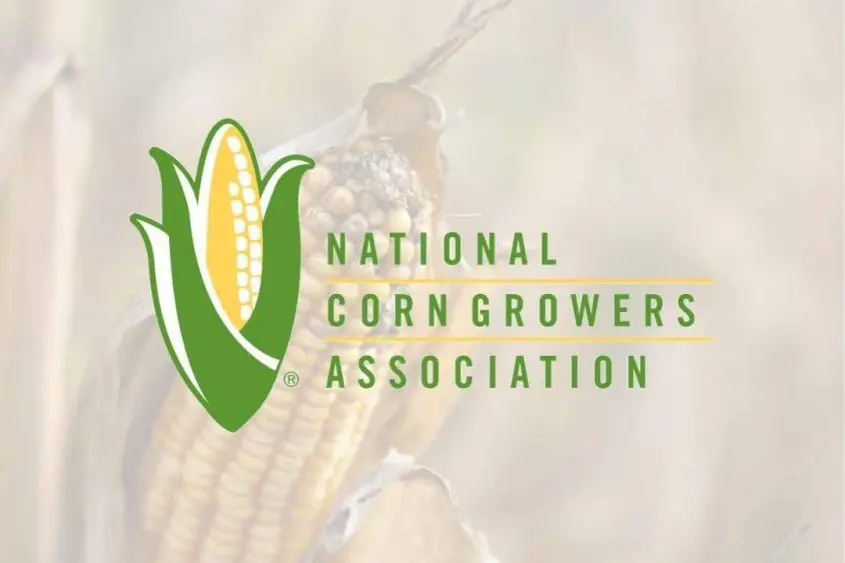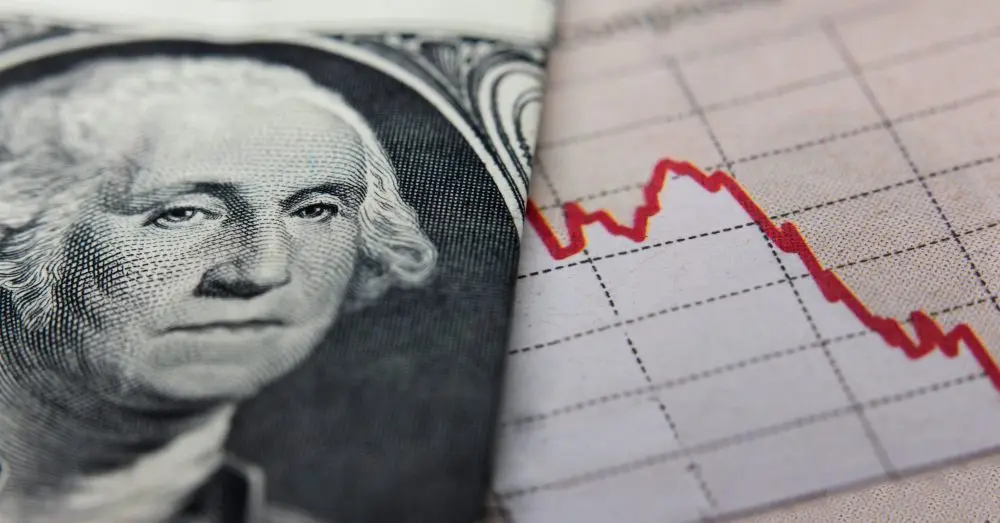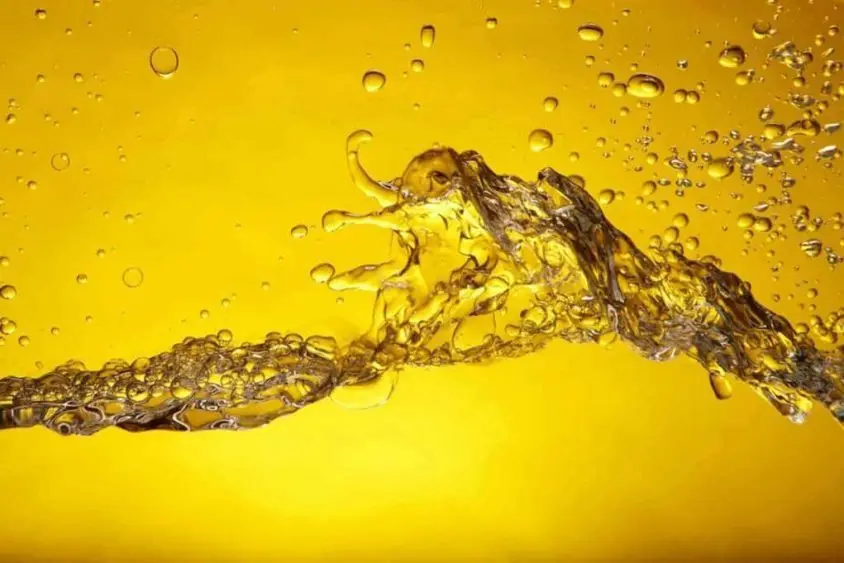
The National Corn Growers Association, along with 25 state-based corn grower groups, sent a letter to Trump administration officials today detailing the worsening economic situation caused by elevated prices for fertilizers and other inputs that are critical for growing corn.
The letter, sent to the U.S. trade representative, secretary of commerce and secretary of agriculture, painted a grim economic picture in the American countryside. Signatories pledged to work with the officials to help address concerns with input costs, implement new trade deals and remove trade barriers.
“Unfortunately, the combination of the low corn prices, trade uncertainty, and consistently high costs for fertilizers and inputs, including relevant countervailing duties, have resulted in a calamitous environment for farmers who are trying to plan for harvest and next season,” the letter said.
The letter noted that farmers buy products from a variety of different supply chains – both domestic and imported – and placing penalties on imports can negatively impact corn growers.
“When imports are subjected to antidumping and/or countervailing duties, the resulting duty contributes to higher prices that is ultimately paid by farmers,” the letter noted. “The current forecast for 2025 shows fertilizer alone accounting for 36 percent of a corn farmer’s operating cost.”
The letter noted that fertilizers crucial to corn growth have become exponentially costlier. Phosphates, for example, which play an important role in root development and plant growth, have seen a dramatic increase of more than 60 percent over the past decade. At the same time, current corn prices are extremely low, dropping by 14 percent from the beginning of 2025 and 50 percent since 2022.
The letter cited other fertilizers that have increased in costs, including one called urea ammonium nitrate, which has increased by 37 percent since the beginning of the year.
The signatories said the price hikes couldn’t come at a worse time.
“After several years of sustained high prices for fertilizers and inputs, projections for calendar year 2025 show negative profit margins across the country, due to high input costs that exceed grain revenue by more than $100 an acre. Going forward, we will be closely coordinated with your agencies as farmers grapple with these financial conditions in order to stay in business.”
The letter said the grower groups would continue to work closely with administration officials to address the high input prices.



